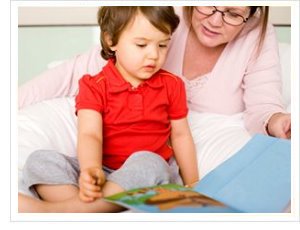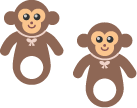Philosophy

The basic philosophy of Native Reading is that learning to read is something that can happen naturally, easily - and even subconsciously - provided it happens at a young enough age. The book opens with a description of how Kailing's children each learned to read.
His son Otto had a natural affinity for books, and was reading whole words at a year and a half. Kailing encouraged his son's reading by playing games with letters and words, and by running his finger under the text while reading to him. Yet, to see Otto reading by age two was something of a surprise.
Then, there was Freya. Freya was nothing like her brother - she wastoo impatient to finish a book, and when she did look at books, she was usually only interested in the pictures. Kailing did the same things with Freya as he had done with Otto, but Freya didn't seem interested. Then, one day, when she was two and a half, the little girl shocked her father by exclaiming (when he had neglected to keep up his usual text pointing), "Papa, point!" Freya began reading independently soon after.
Having witnessed a child who loved books learn to read at one and a half, and a child who didn't seem to love books read at two and a half,Kailing became convinced that the easiest, most natural time to learn to read was precisely when his children had done - between ages one and three. The reason, he says, is that "this is the time when their brains naturally do the most closely related task: learning to understand speech and to talk."
Like other advocates of early reading, Kailing believes that manyschool-age children find reading a struggle for the simple reason that the learning process begins too late. Kailing devotes a chapter of his book to the topic of dyslexia, which he believes is largely apreventable disorder:
What unites [the aspects of written English that dyslexics typically find difficult] is that they are problems that have no analogy in the spoken language. They are problems at a basic, building-block level of language - a level that, in the spoken language,five-year-olds have already mastered.
